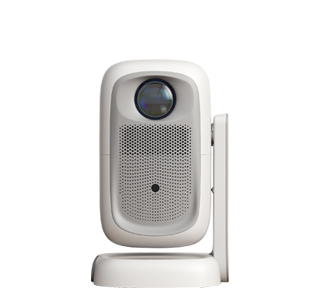
Projector projection technologies have evolved significantly over the years, each with its own unique approach to creating and displaying images.
One of the most common projection technologies is Liquid Crystal Display (LCD). LCD projectors use a liquid crystal panel, which consists of millions of tiny liquid crystal cells. When an electric current is applied to these cells, they change their orientation, controlling the passage of light through red, green, and blue filters. The light is then projected onto a screen, creating an image. LCD projectors are known for their good color accuracy and relatively low cost. They are widely used in home theaters, classrooms, and business meetings. However, they may suffer from issues such as pixel gaps, which can make the image appear slightly grainy, and they may not offer the highest contrast ratios compared to some other technologies.
Digital Light Processing (DLP) is another popular projection technology. DLP projectors use a Digital Micromirror Device (DMD), which is a microchip covered with millions of tiny mirrors. Each mirror can tilt rapidly between two positions, reflecting light either towards the projection lens to create a bright pixel or away from it to create a dark pixel. By rapidly switching the mirrors and using color wheels (in some models) to add color, DLP projectors can produce sharp, high - contrast images with excellent black levels. They also have fast response times, making them ideal for displaying fast - moving content, such as action movies and video games. DLP projectors are commonly used in home theaters, business presentations, and digital cinemas.
Liquid Crystal on Silicon (LCoS) is a hybrid technology that combines elements of LCD and DLP. LCoS projectors use a liquid crystal layer on top of a silicon backplane. The liquid crystal layer modulates the light, similar to LCD, but the silicon backplane provides a more reflective surface, similar to DLP. This combination allows LCoS projectors to achieve high resolutions, excellent color accuracy, and high contrast ratios. They are often used in high - end home theater projectors and some professional applications where detailed and accurate image reproduction is crucial. However, LCoS projectors can be more expensive and may have issues with light efficiency compared to other technologies.
There are also emerging projection technologies, such as Laser Phosphor Projection. This technology uses a laser light source to excite a phosphor material, which then emits light. Laser phosphor projection can produce very bright, high - quality images with a long lifespan and low maintenance requirements. It is being increasingly adopted in large - scale commercial and public display applications, such as outdoor billboards, stadium scoreboards, and large - venue projections.
Read recommendations:
HI Gift Customization - HI Series Projector
Lens Shift of Projector Screens
Parameters of Projector Screens





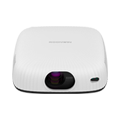
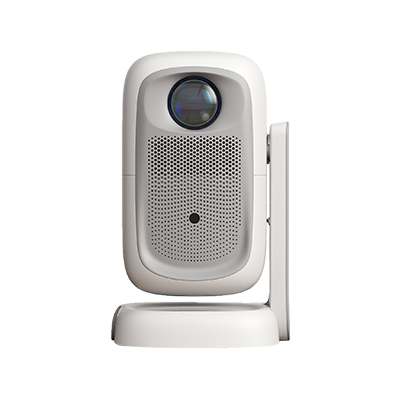

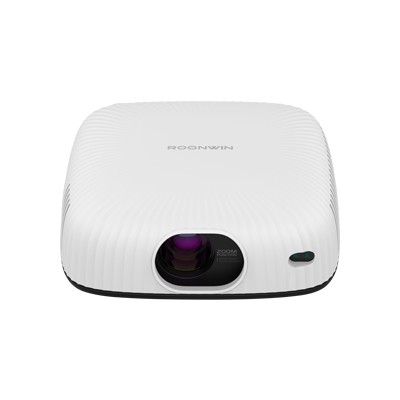









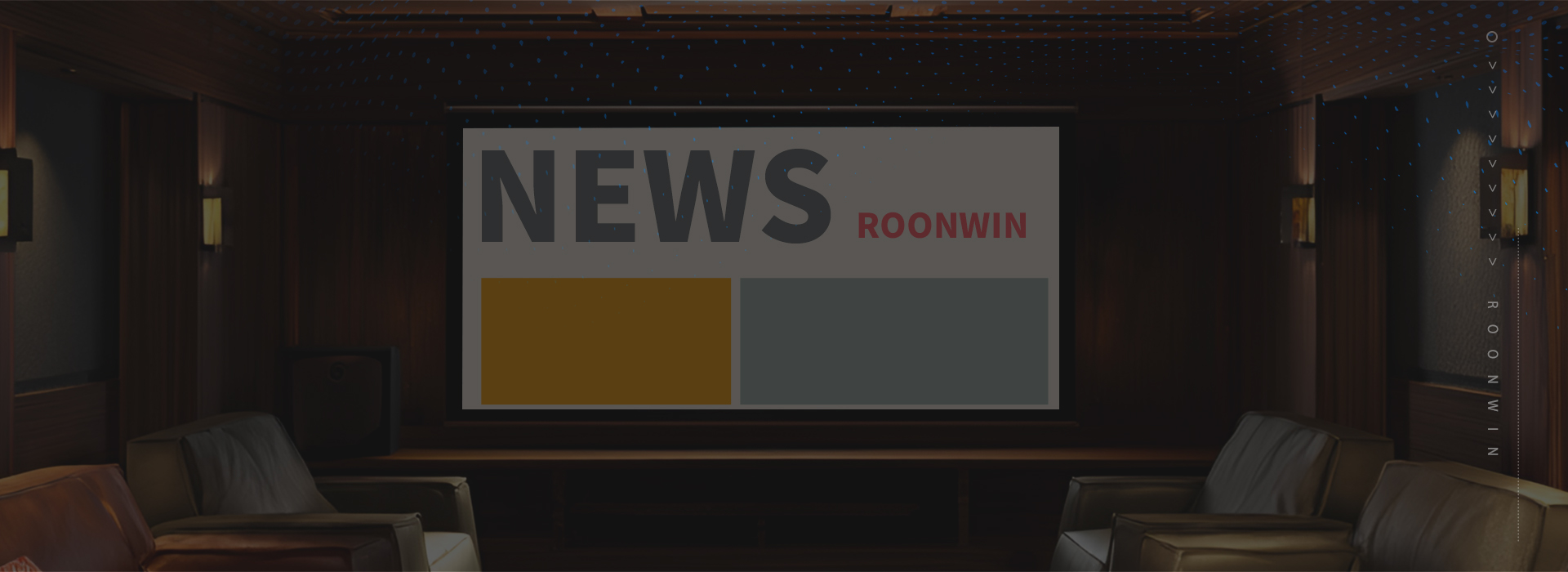
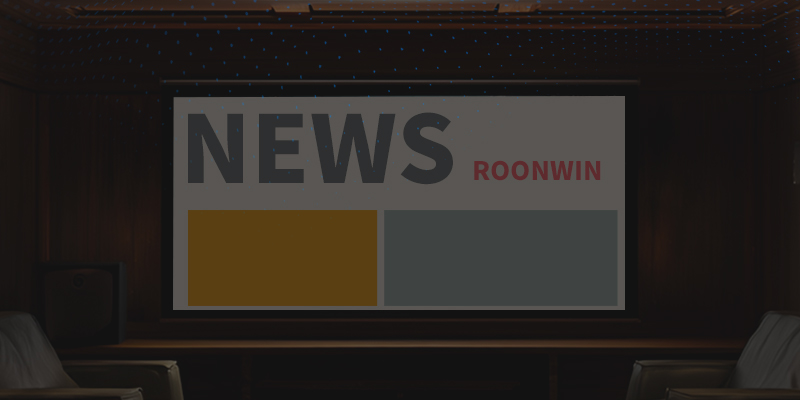
 Reviewed:
Reviewed:











